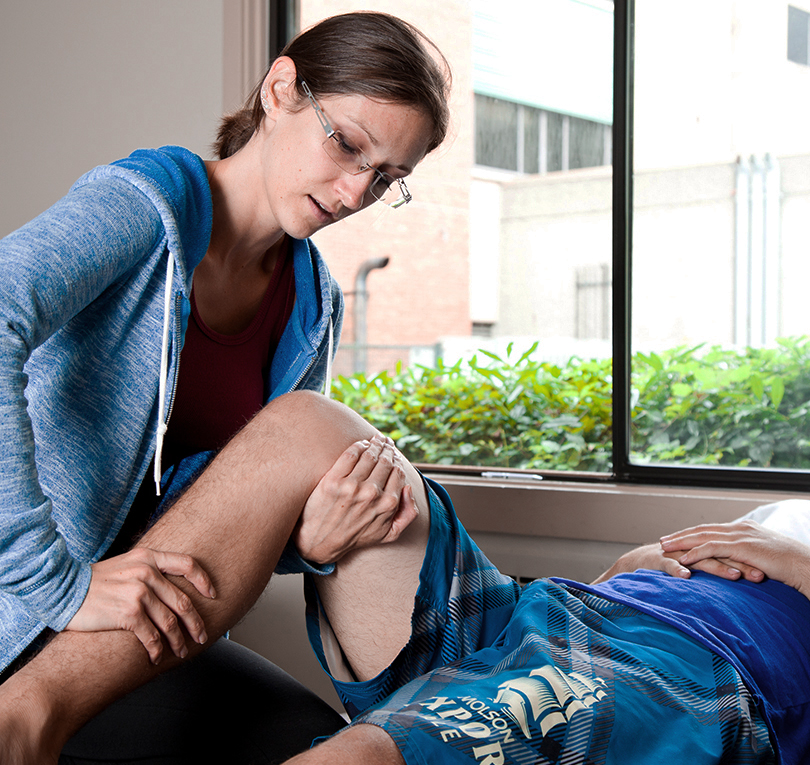Publications
Praxis is strongly committed to sharing details of the great work that is taking place throughout the SCI field. Explore SCI-related scientific papers, reports and more.

This is the breadcrumbs block. Breadcrumb will populate on actual page.
Rüdiger Rupp, Christian Schuld, Fin Biering-Sørensen, Kristen Walden, Gianna Rodriguez, Steven Kirshblum & ASIA International Standards Committee
Spinal Cord vol. 60, no. 1, pp. 18–29 (2022). doi.org/10.1038/s41393-021-00646-0
Study design
Committee consensus process including additional structured feedback from spinal cord injury (SCI) experts attending a focus group workshop.
Objectives
To define a taxonomy for standardized documentation of non-SCI-related conditions in the International Standards for Neurological Classification of SCI (ISNCSCI).
Setting
American Spinal Injury Association (ASIA) International Standards Committee with 16 international ISNCSCI experts.
Methods
With the new taxonomy, not-normal sensory or motor scores should be tagged with an asterisk (“*”), if they are impacted by a non-SCI condition such as burns, casts, joint contractures, peripheral nerve injuries, amputations, pain, or generalized weakness. The non-SCI condition and instructions on how to handle the “*”-tagged scores during classification should be detailed in the comments box. While sum scores are always calculated based on examined scores, classification variables such as the neurological level of injury (NLI) or the ASIA Impairment Scale (AIS) grades are tagged with an “*”, when they have been determined on the basis of clinical assumptions.
Results
With the extended “*”-tag concept, sensory and motor examination results impacted by non-SCI conditions above, at, or below the NLI can be consistently documented, scored, and classified. Feedback from workshop participants confirms agreement on its clinical relevance, logic and soundness, easiness of understanding, communicability, and applicability in daily work.
Conclusions
After multiple internal revisions, a taxonomy for structured documentation of conditions superimposed on the impairments caused by the SCI together with guidelines for consistent scoring and classification was released with the 2019 ISNCSCI revision. This taxonomy is intended to increase the accuracy of ISNCSCI classifications.
Continue to the Open Access article.
The International Standards for Neurological Classification of SCI (INSCI) is a standardized clinical neurological examination and classification for individuals with spinal cord injury (SCI) to measure motor and sensory function.
To be more clinically relevant, an expert international committee made updates on how non-SCI impairments (i.e. limb swelling, burns, casts, etc.) would be scored as the previous version could lead to the incorrect recording of neurological levels.
Examiners should now use a “*” and explain within the comment box to explain the non-SCI impairment. This should lead to an increase in applicability and accuracy for consistent future testing.
Future work needs to focus on proper training on the usage of the INSCI and the updated scoring system.
Praxis is strongly committed to sharing details of the great work that is taking place throughout the SCI field. Explore SCI-related scientific papers, reports and more.
